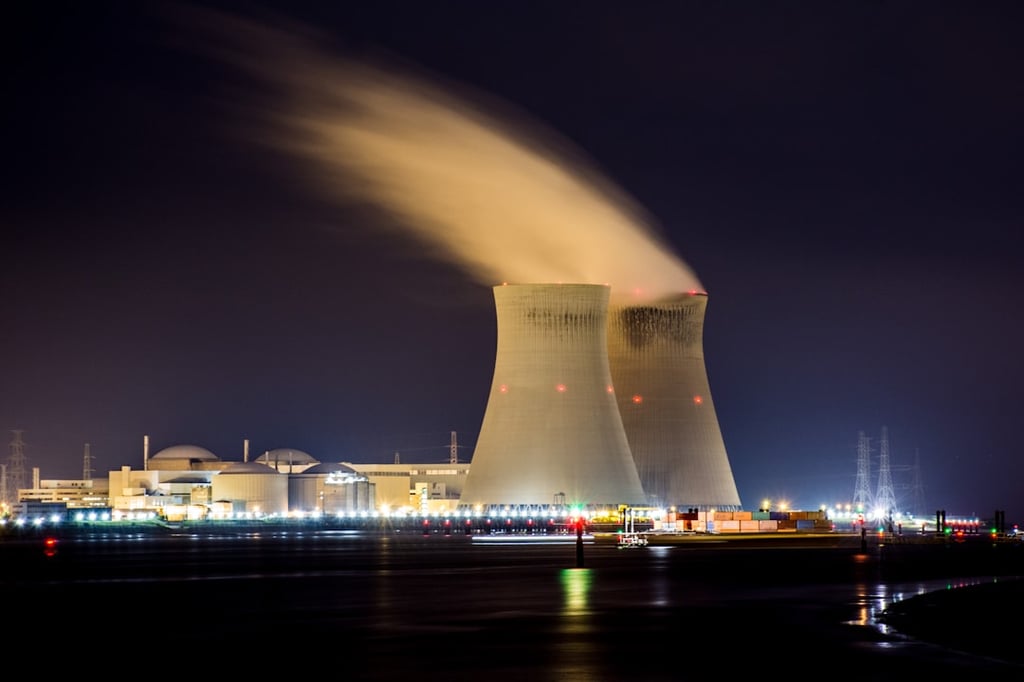According to Gartner’s latest projections, billions of sensors and devices will be plugged into the Internet over the next few years, sparking a transformation in the data center and opportunities for tech companies that address that market. By 2020, the Internet of Things (IoT) will consist of 26 billion devices, predicts the market research firm. […]
Datamation content and product recommendations are
editorially independent. We may make money when you click on links
to our partners.
Learn More
According to Gartner’s latest projections, billions of sensors and devices will be plugged into the Internet over the next few years, sparking a transformation in the data center and opportunities for tech companies that address that market.
By 2020, the Internet of Things (IoT) will consist of 26 billion devices, predicts the market research firm. Vendors and service providers that cater to the burgeoning space will rack up over $300 billion in incremental revenue by the same year. The bulk of that revenue will be generated by services.
The buzz-worthy term has come to define a vast array of Internet-enabled gadgets and remote sensors, along with the IT systems and services that enable organizations to collect, store, manage and analyze the vast amounts of data generated by billions of devices. The business benefits of IoT can be profound, if properly managed.
“Real-time information enables more accurate understanding of status, and it enhances utilization and productivity through optimized usage and more accurate decision support,” said Gartner in a statement. “Business and data analytics give insights into the business requirements data feed from the IoT environment and will help predict the fluctuations of IoT-enriched data and information.”
Data center operators will feel that impact more profoundly. Joe Skorupa, vice president and distinguished analyst at Gartner, said in prepared remarks that transferring massive amounts of input data in its entirety “to a single location for processing will not be technically and economically viable.”
The answer, said Skorupa, is to take a somewhat decentralized approach. “Organizations will be forced to aggregate data in multiple distributed mini data centers where initial processing can occur,” he said. “Relevant data will then be forwarded to a central site for additional processing.”
One area requiring a fresh approach is the data center network. Gartner argues that current WAN connections “are sized for the moderate-bandwidth requirements generated by human interactions with applications.” IoT upends this model, flooding networks with small message sensor data, dramatically increasing inbound data center bandwidth requirements.
IoT promises to reshape the data center landscape. “Data center operations and providers will need to deploy more forward-looking capacity management platforms that can include a data center infrastructure management (DCIM) system approach of aligning IT and operational technology (OT) standards and communications protocols to be able to proactively provide the production facility to process the IoT data points based on the priorities and the business needs,” said Gartner research director Fabrizio Biscotti.
Virtualization and cloud services will inform data center design decisions and architecture as companies jump on the IoT bandwagon. “This will reduce the complexity and boost on-demand capacity to deliver reliability and business continuity,” added Biscotti.
Other challenges include data security, storage management and overall efficiency. Server vendors will need to focus on bringing their innovations to bear on “key vertical industries and organizations related to those industries where IoT can be profitable or add significant value,” suggested Gartner. Consumer privacy, already a hot-button issue, will also pose test for IoT-reliant organizations.
Pedro Hernandez is a contributing editor at Datamation. Follow him on Twitter @ecoINSITE.
Photo courtesy of Shutterstock.
-
Huawei’s AI Update: Things Are Moving Faster Than We Think
FEATURE | By Rob Enderle,
December 04, 2020
-
Keeping Machine Learning Algorithms Honest in the ‘Ethics-First’ Era
ARTIFICIAL INTELLIGENCE | By Guest Author,
November 18, 2020
-
Key Trends in Chatbots and RPA
FEATURE | By Guest Author,
November 10, 2020
-
Top 10 AIOps Companies
FEATURE | By Samuel Greengard,
November 05, 2020
-
What is Text Analysis?
ARTIFICIAL INTELLIGENCE | By Guest Author,
November 02, 2020
-
How Intel’s Work With Autonomous Cars Could Redefine General Purpose AI
ARTIFICIAL INTELLIGENCE | By Rob Enderle,
October 29, 2020
-
Dell Technologies World: Weaving Together Human And Machine Interaction For AI And Robotics
ARTIFICIAL INTELLIGENCE | By Rob Enderle,
October 23, 2020
-
The Super Moderator, or How IBM Project Debater Could Save Social Media
FEATURE | By Rob Enderle,
October 16, 2020
-
Top 10 Chatbot Platforms
FEATURE | By Cynthia Harvey,
October 07, 2020
-
Finding a Career Path in AI
ARTIFICIAL INTELLIGENCE | By Guest Author,
October 05, 2020
-
CIOs Discuss the Promise of AI and Data Science
FEATURE | By Guest Author,
September 25, 2020
-
Microsoft Is Building An AI Product That Could Predict The Future
FEATURE | By Rob Enderle,
September 25, 2020
-
Top 10 Machine Learning Companies 2020
FEATURE | By Cynthia Harvey,
September 22, 2020
-
NVIDIA and ARM: Massively Changing The AI Landscape
ARTIFICIAL INTELLIGENCE | By Rob Enderle,
September 18, 2020
-
Continuous Intelligence: Expert Discussion [Video and Podcast]
ARTIFICIAL INTELLIGENCE | By James Maguire,
September 14, 2020
-
Artificial Intelligence: Governance and Ethics [Video]
ARTIFICIAL INTELLIGENCE | By James Maguire,
September 13, 2020
-
IBM Watson At The US Open: Showcasing The Power Of A Mature Enterprise-Class AI
FEATURE | By Rob Enderle,
September 11, 2020
-
Artificial Intelligence: Perception vs. Reality
FEATURE | By James Maguire,
September 09, 2020
-
Anticipating The Coming Wave Of AI Enhanced PCs
FEATURE | By Rob Enderle,
September 05, 2020
-
The Critical Nature Of IBM’s NLP (Natural Language Processing) Effort
ARTIFICIAL INTELLIGENCE | By Rob Enderle,
August 14, 2020
SEE ALL
DATA CENTER ARTICLES









